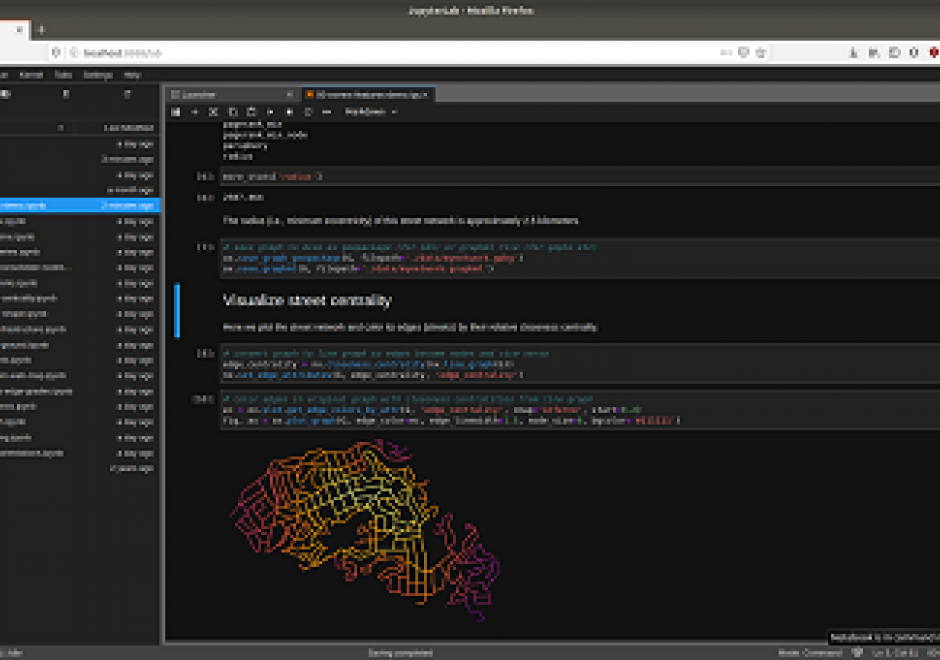CP-27 - GIS and Computational Notebooks

Researchers and practitioners across many disciplines have recently adopted computational notebooks to develop, document, and share their scientific workflows—and the GIS community is no exception. This chapter introduces computational notebooks in the geographical context. It begins by explaining the computational paradigm and philosophy that underlie notebooks. Next it unpacks their architecture to illustrate a notebook user’s typical workflow. Then it discusses the main benefits notebooks offer GIS researchers and practitioners, including better integration with modern software, more natural access to new forms of data, and better alignment with the principles and benefits of open science. In this context, it identifies notebooks as the “glue” that binds together a broader ecosystem of open source packages and transferable platforms for computational geography. The chapter concludes with a brief illustration of using notebooks for a set of basic GIS operations. Compared to traditional desktop GIS, notebooks can make spatial analysis more nimble, extensible, and reproducible and have thus evolved into an important component of the geospatial science toolkit.



CP-05 - Geospatial Technology Transfer Opportunities, and a Case Study of the Taghreed System
The technology transfer process moves research ideas from preliminary stages in research labs and universities to industrial products and startup companies. Such transfers significantly contribute to producing new computing platforms, services, and geospatial data products based on state-of-the-art research. To put technology transfer in perspective, this entry highlights key lessons learned through the process of transferring the Taghreed System from a research and development (R&D) lab to an industrial product. Taghreed is a system that supports scalable geospatial data analysis on social media microblogs data. Taghreed is primarily motivated by the large percentage of mobile microblogs users, over 80%, which has led to greater availability of geospatial content in microblogs beyond anytime in the digital data history. Taghreed has been commercialized and is powering a startup company that provides social media analytics based on full Twitter data archive.